Archive
2021
KubaParis
La Costante Resistenziale (A guide-tour of Sardinian archaic, weird and marvelous stone sculpture)
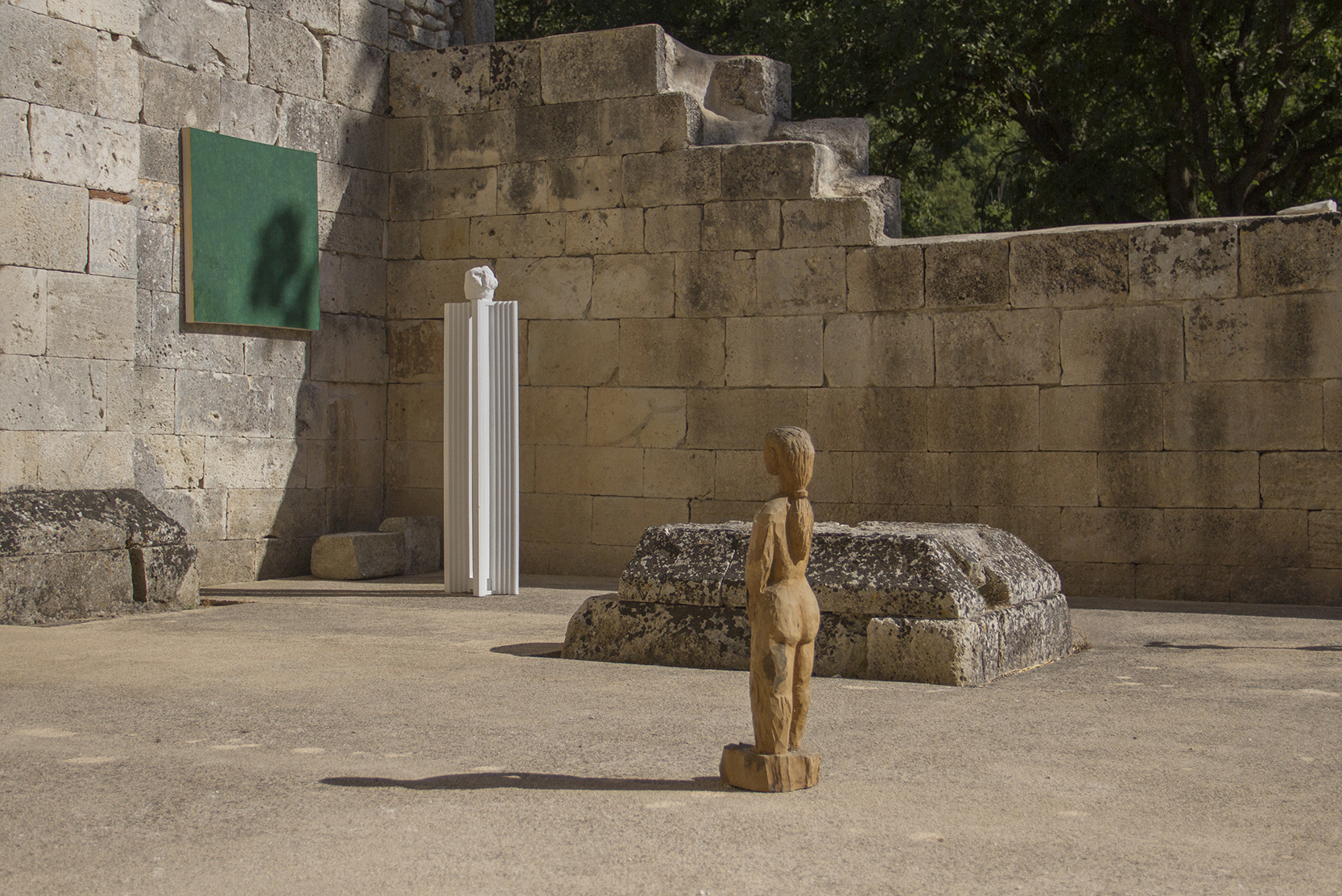

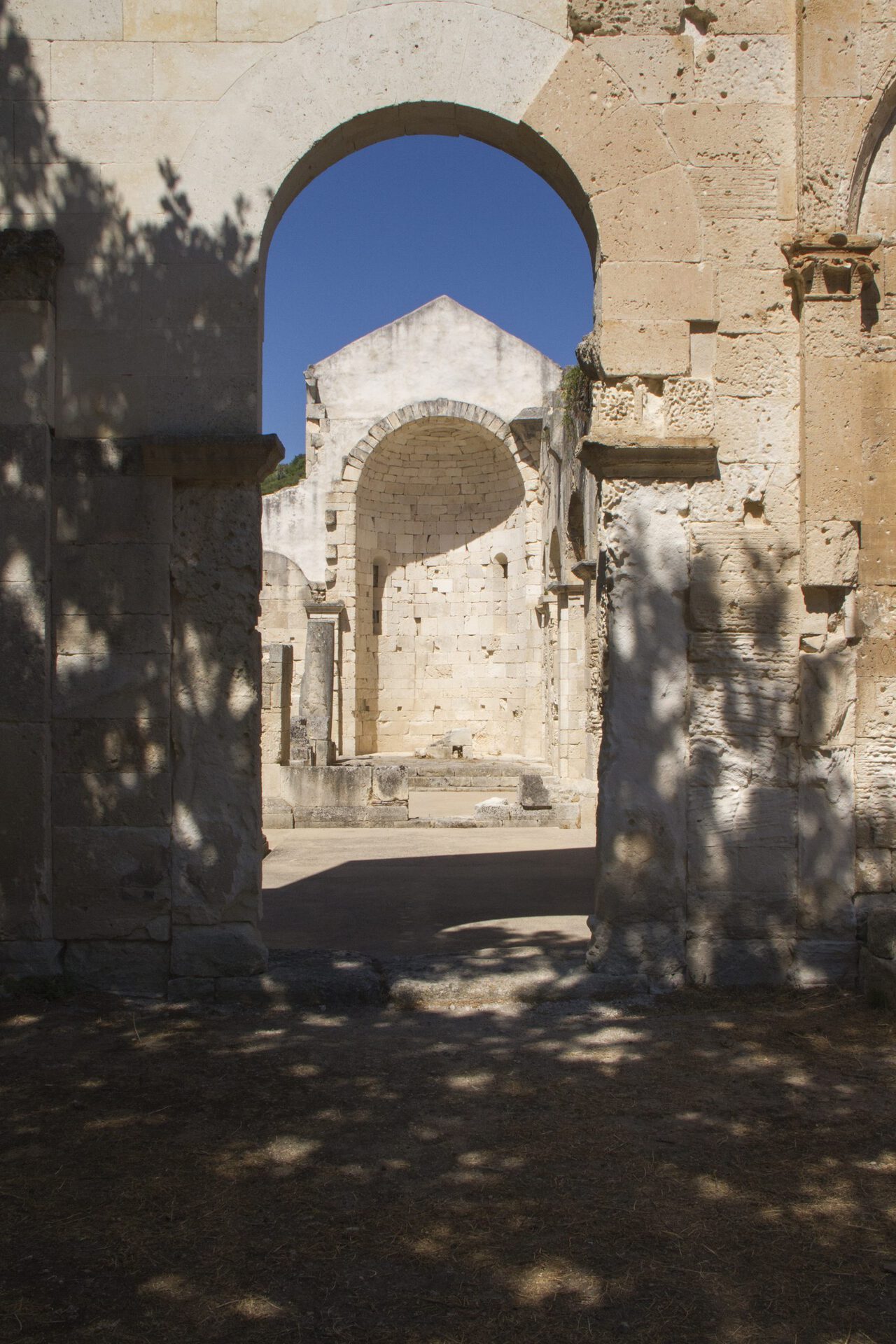
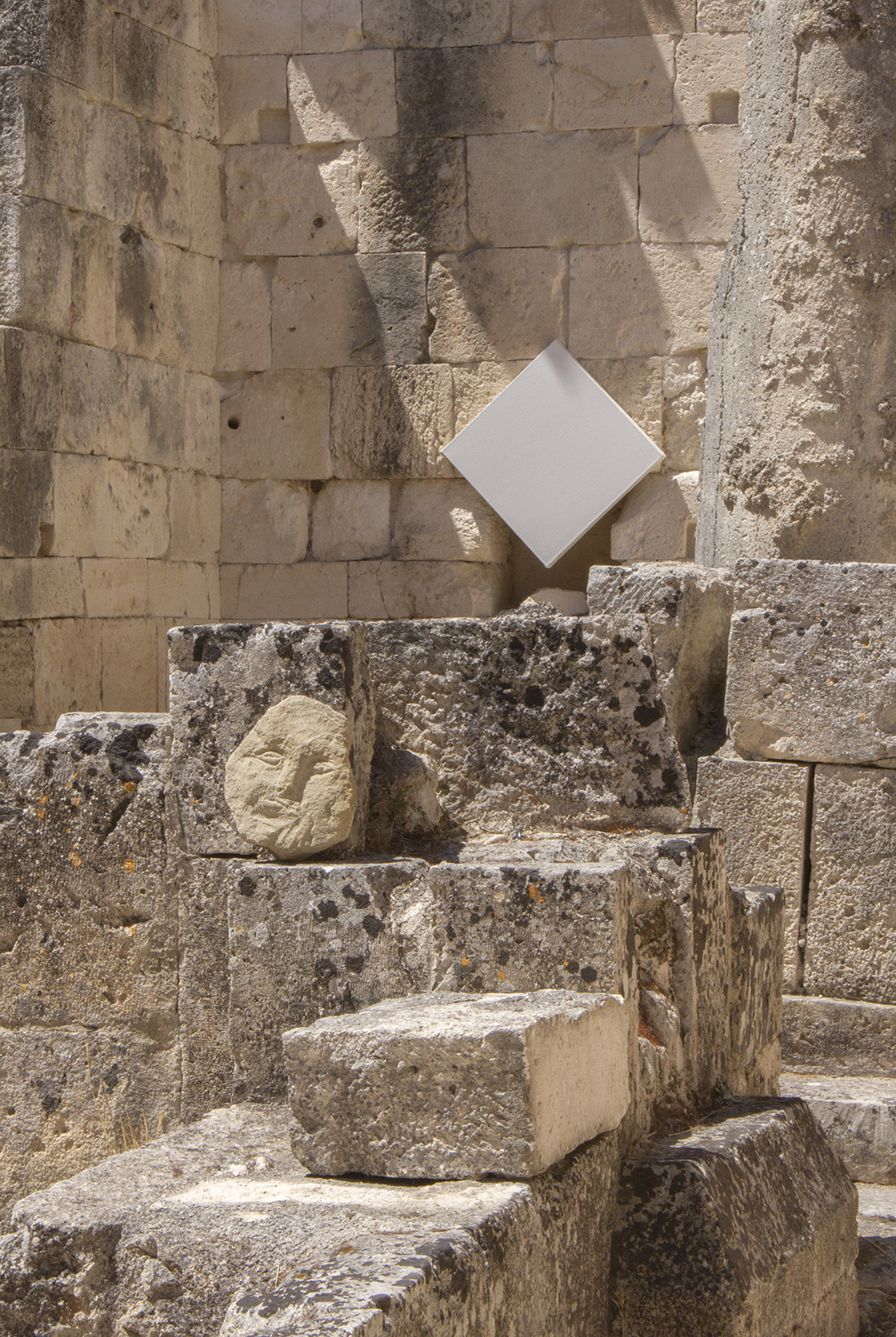
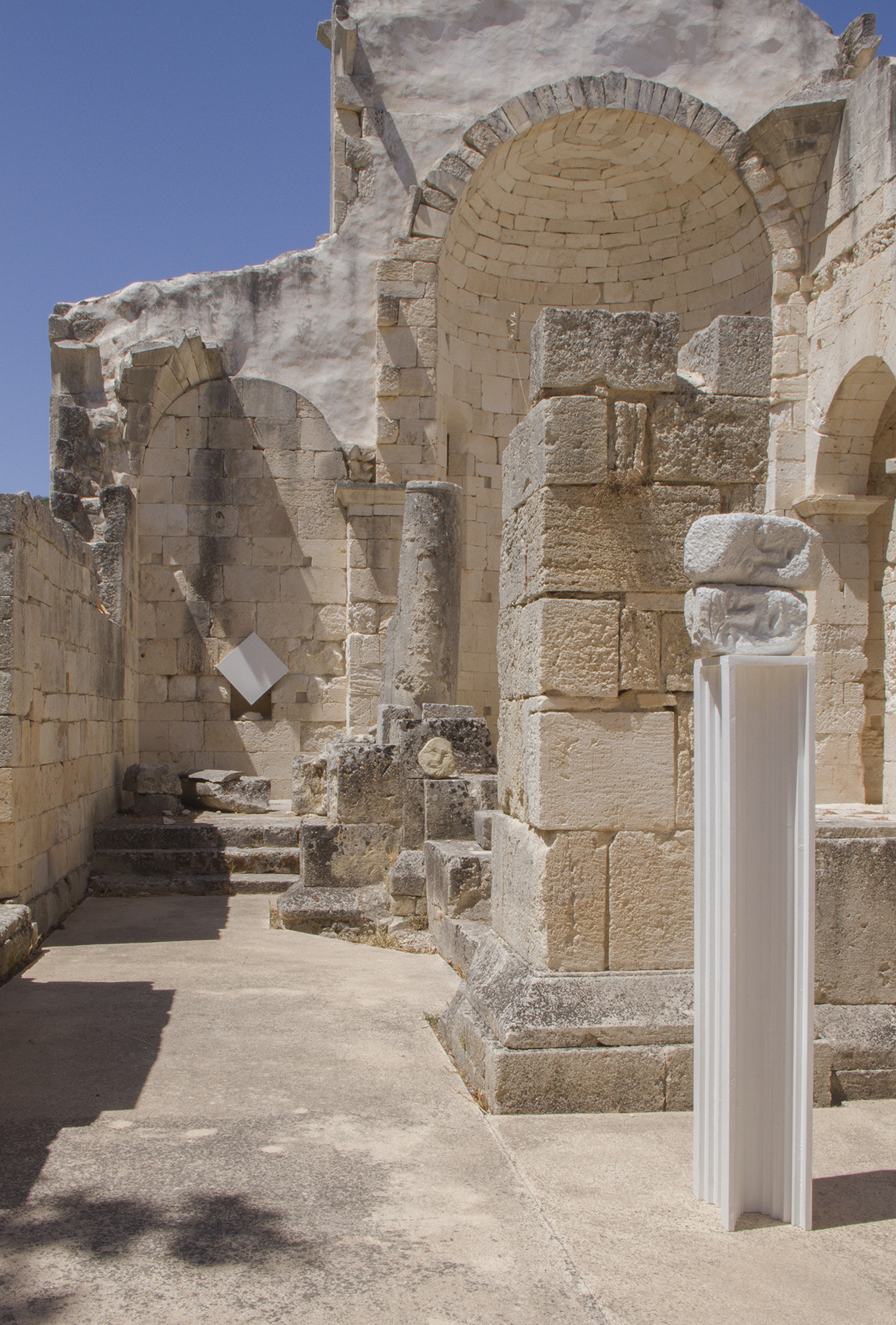
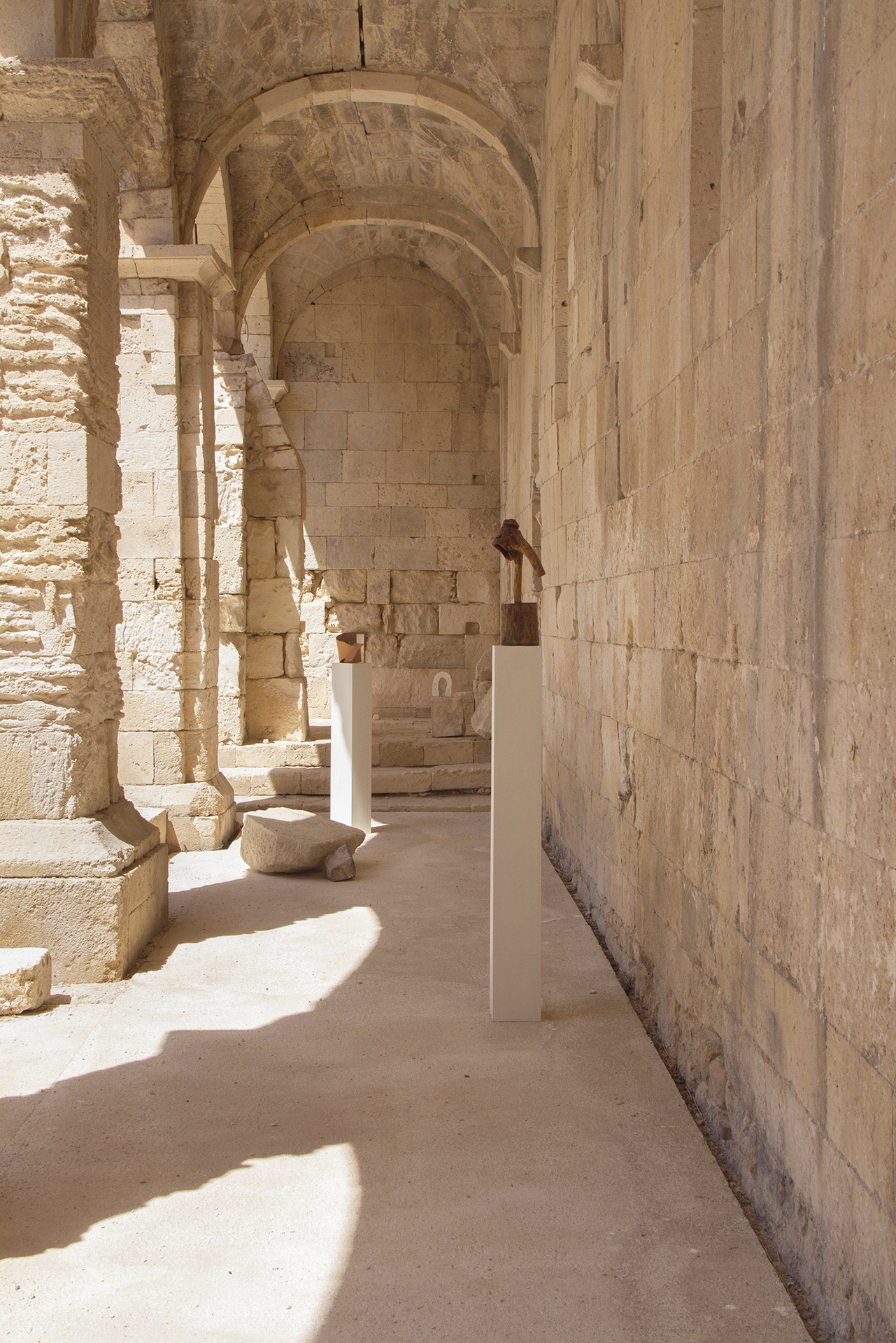
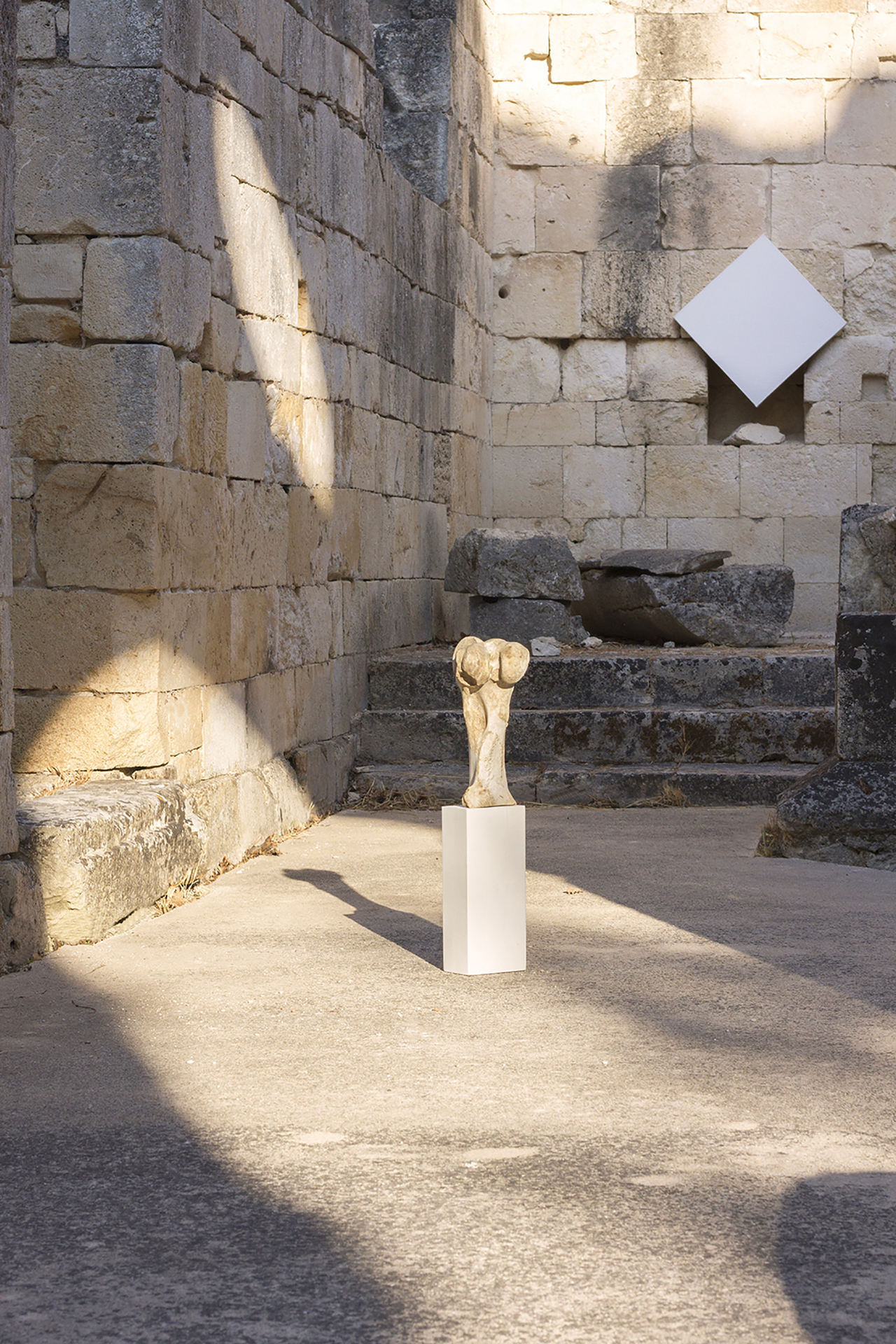
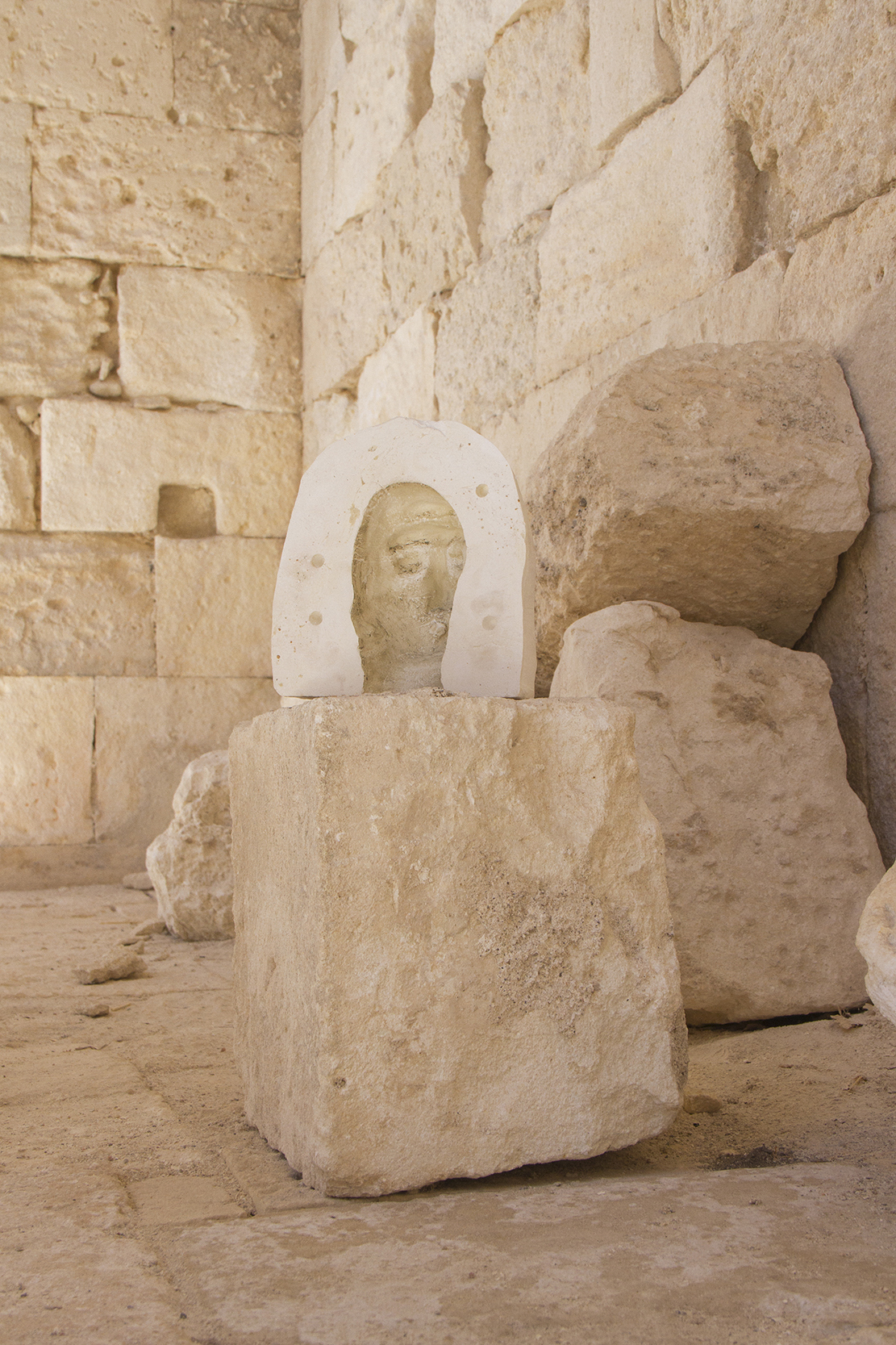
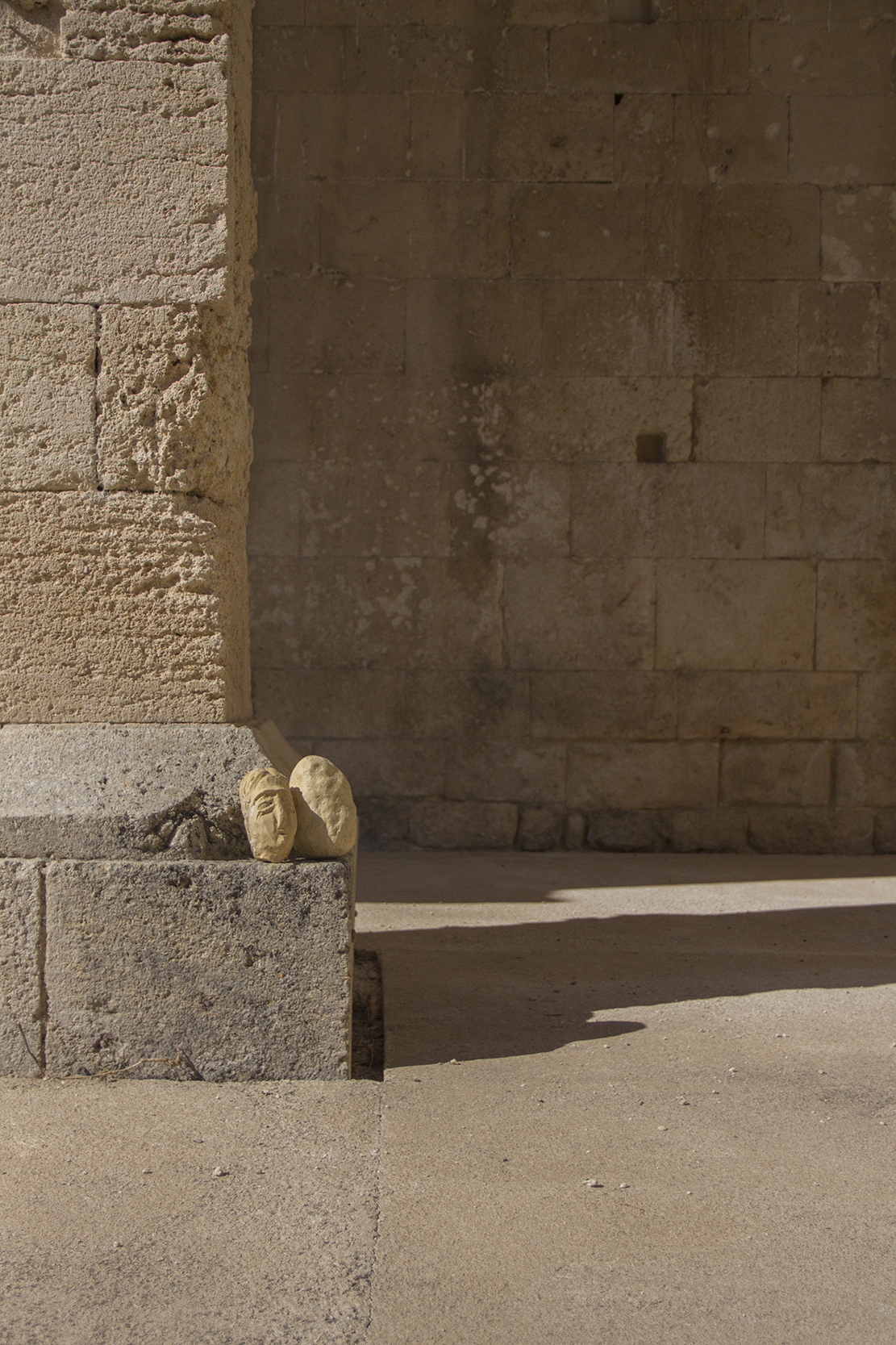
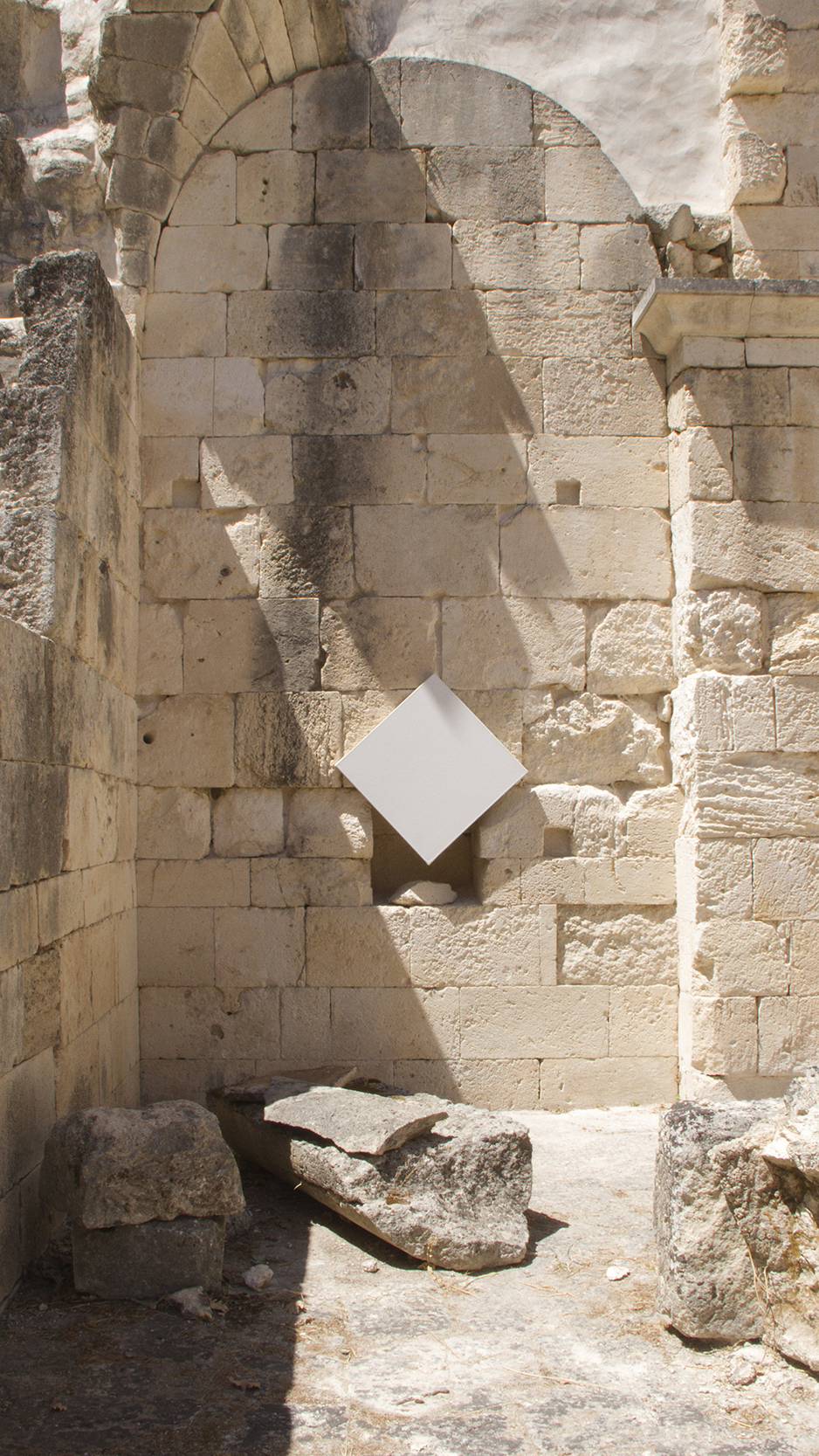


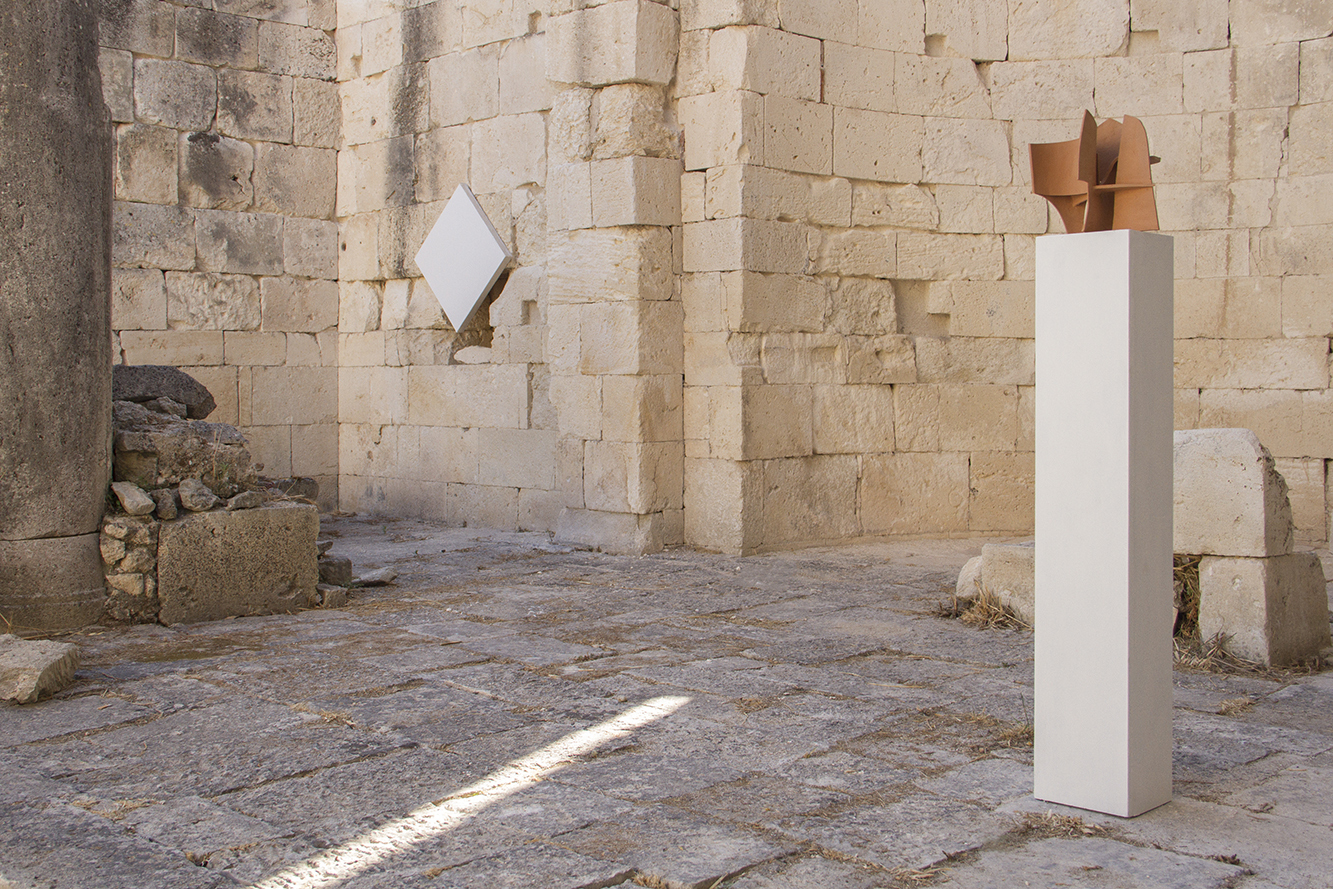

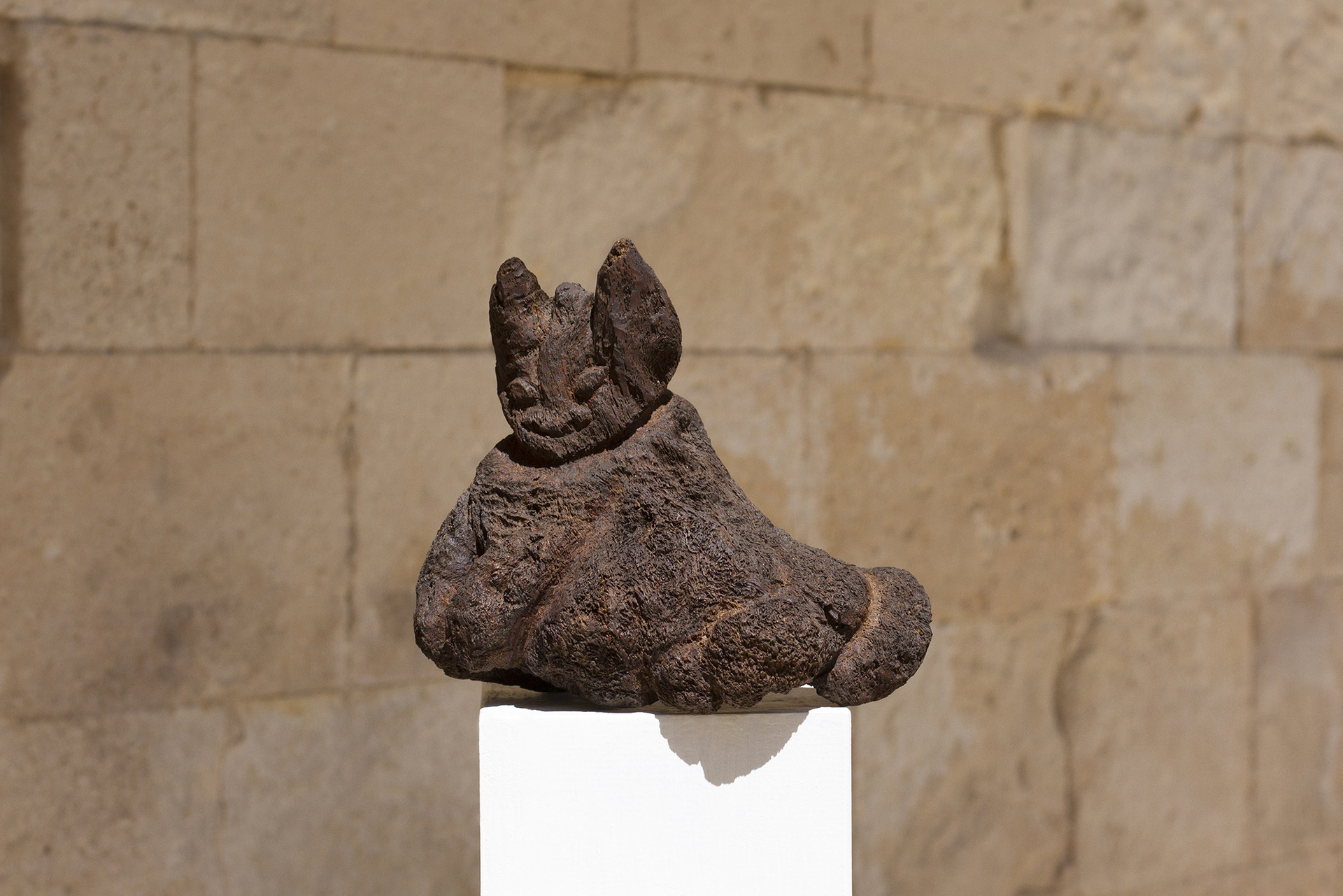

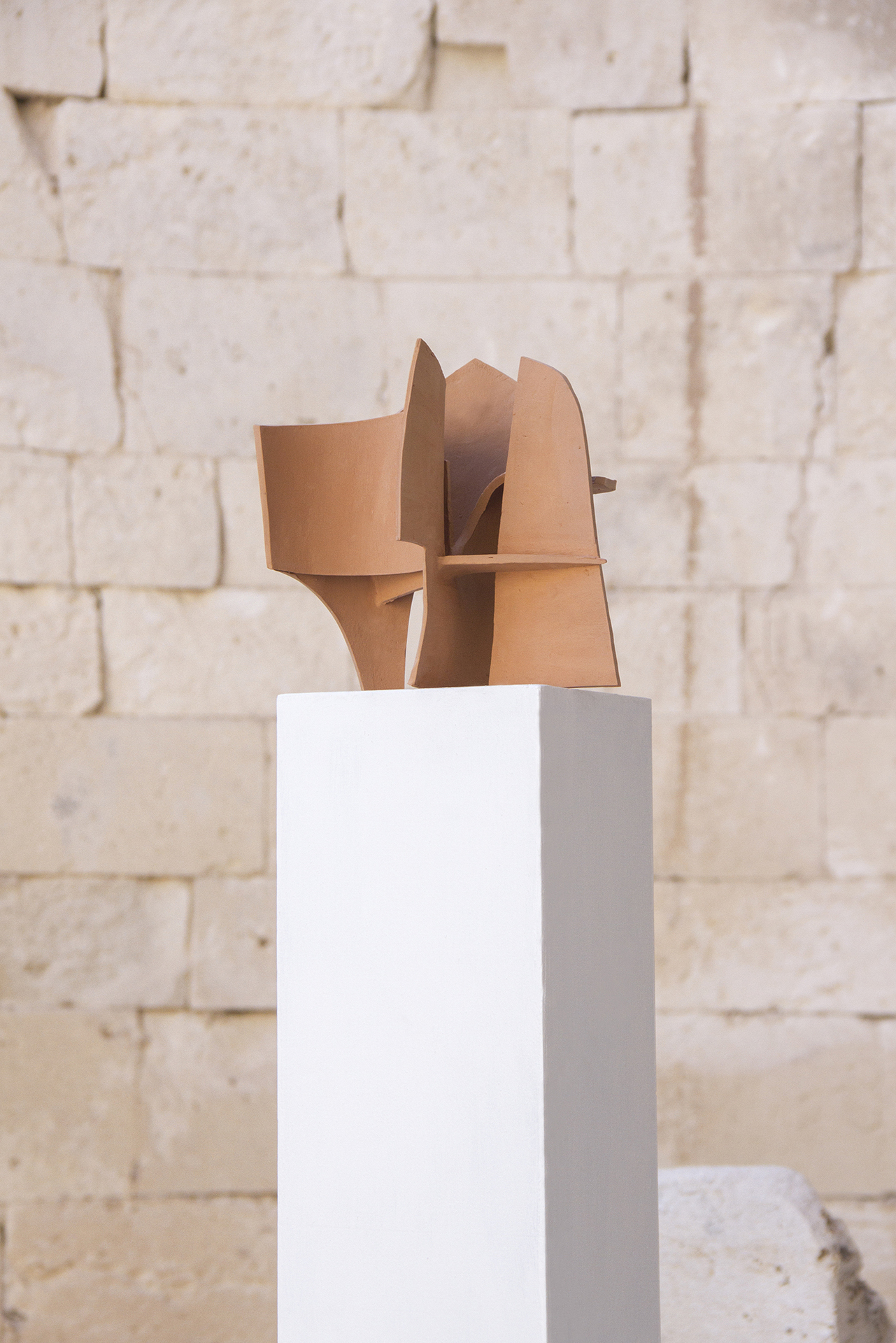
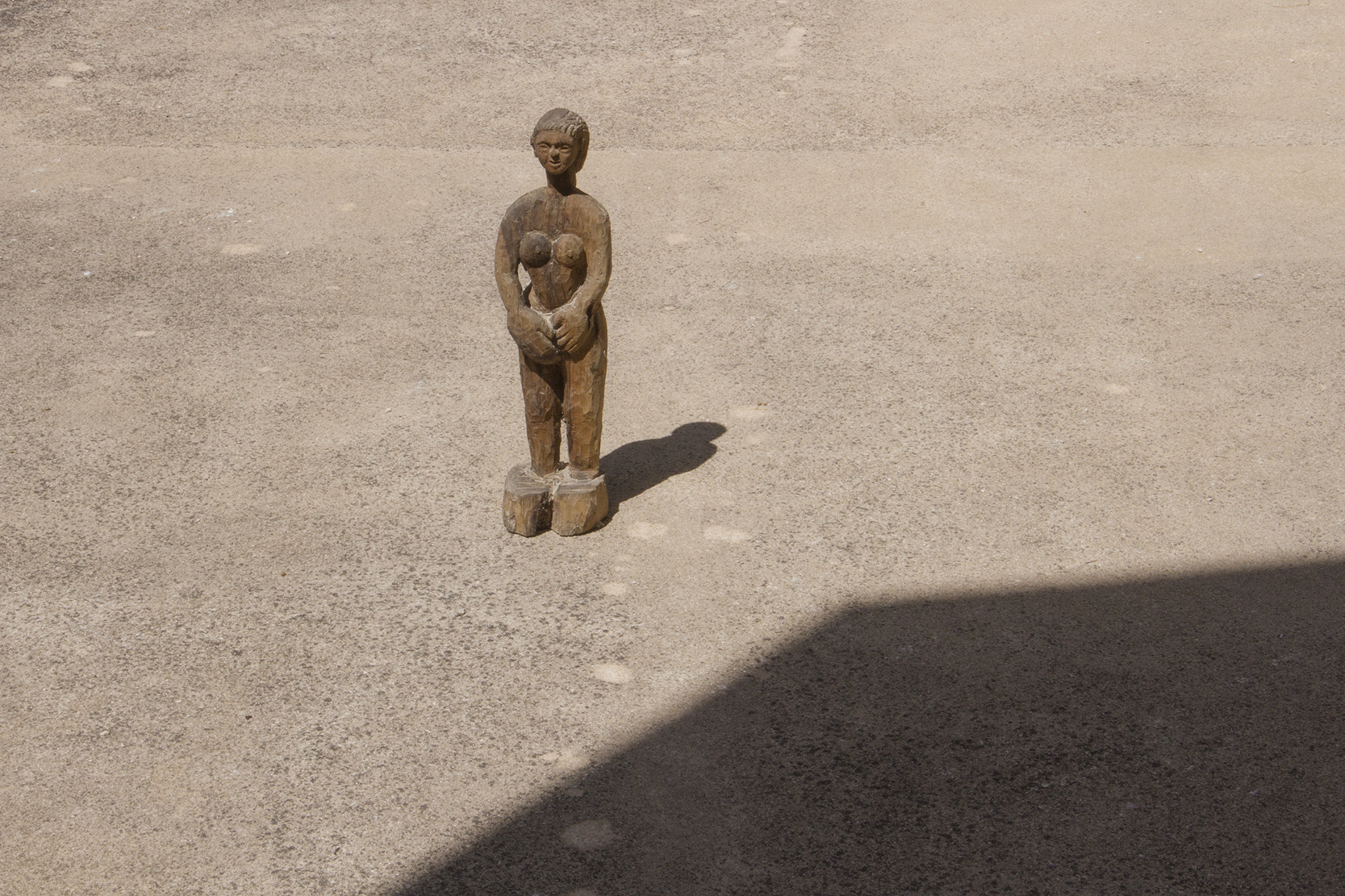
Location
San Nicola di SilanisDate
06.08 –07.08.2021Photography
Montecristo ProjectSubheadline
ARTISTS: Montecristo Project Texts by: De Rebus Sardois August 8th 2021, Ruins of San Nicola di Silanis, Sedini (SS), Sardinia, Italy De Rebus Sardois is glad to present A guide-tour of Sardinian archaic, weird and marvelous stone sculpture, an exhibition project resulting from the long-term artistic research by Montecristo Project (Enrico Piras, Alessandro Sau).Text
De Rebus Sardois is glad to present A guide-tour of Sardinian archaic, weird and marvelous stone sculpture, an exhibition project resulting from the long-term artistic research by Montecristo Project (Enrico Piras, Alessandro Sau).
This research started in 2018 in the wake of the La Costante Resistenziale program of the Man Museum in Nuoro and it is proposed by Piras and Sau as its critical analysis. According to archaeologist Giovanni Lilliu, who invented the “constance of resistance”, Sardinian people would be able to "resist" unchanged to centuries of colonization, maintaining its identity intact despite the foreign historical-cultural influences.
The exhibition of the Nuorese museum provokes a reflection by Montecristo Project from which follows the desire to rethink and evaluate Sardinian contemporary art from a new perspective, proposing a re-edition of the museum project, through a personal historical-artistic reading of the concept of "constance of resistance ". This concept - observes Montecristo Project - can be understood through Nachleben's mental representation, or the "surviving" of the image, expressed by Aby Warburg, which in turn refers to Nietzsche's theory of "eternal return" and Freudian psychology .
According to Warburg, there is a method of preserving images whereby they persist and are transmitted according to logics that differ from that of the history of art: they would in fact be ascribable to a deeper level than the human, namely that of the unconscious. The image is psychic, it is a formation that continually bounces between the mental, internal and indefinite dimension, and the external physical one, crystallized in artistic representations. They survive over time in man's desire to express himself, original and prior to the concept of art.
On the basis of this interpretation, this research comes to find this eternal character in those forms of human expression, which even before being works of art, are apotropaic, cultural, decorative and ornamental manifestations. Anthropological and popular sculptures that evoke aesthetic forms handed down from Nuragic art, a primitive art form of the Bronze Age where the original seed of Sardinian artistic identity would reside.
These "resisting" works are found in every town in Sardinia. From north to south, each inhabited center has its own author, whose works all have something in common: an anti-classical and protohistoric trait of the image. On the other hand, the artisan production characterized by currents, fashions, trends, which is presented in the form of a kitsch folk figure, remains outside the object of the investigation.
The project takes shape over the years through different channels: exhibition, photographic and editorial. After the publication of the "manifesto" of the constant resistance, Montecristo Project travels a journey through anonymous sculptures, objects and finds from which a photographic dossier and an artifacts collection arise.
Lastly, the project is completed with pieces in ceramic and raw earth, “models of spaces”, a further reference to the archaic modernistic architectural and sculptural form.
De Rebus Sardois